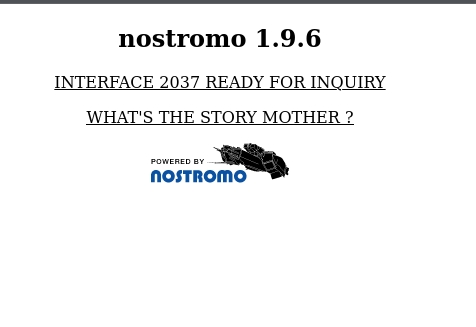6. Vulnerable and Outdated Components
Vulnerable and Outdated Components
Occasionally, you may find that the company/entity you're pen-testing is using a program with a well-known vulnerability.
For example, let's say that a company hasn't updated their version of WordPress for a few years, and using a tool such as WPScan, you find that it's version 4.6. Some quick research will reveal that WordPress 4.6 is vulnerable to an unauthenticated remote code execution(RCE) exploit, and even better, you can find an exploit already made on Exploit-DB.
As you can see, this would be quite devastating because it requires very little work on the attacker's part. Since the vulnerability is already well known, someone else has likely made an exploit for the vulnerability already. The situation worsens when you realise that it's really easy for this to happen. If a company misses a single update for a program they use, it could be vulnerable to any number of attacks.
Recall that since this is about known vulnerabilities, most of the work has already been done for us. Our main job is to find out the information of the software and research it until we can find an exploit. Let's go through that with an example web application.

What do you know? This server has the default page for the Nostromo web server. Now that we have a version number and a software name, we can use Exploit-DB to try and find an exploit for this particular version.

Lucky us, the top result happens to be an exploit script. Let's download it and try to get code execution. Running this script on its own teaches us a very important lesson.

Exploits you download from the Internet may not work the first time. It helps to understand the programming language the script is in so that, if needed, you can fix any bugs or make any modifications, as quite a few scripts on Exploit-DB expect you to make modifications.
Fortunately, the error was caused by a line that should have been commented out, so it's an easy fix.
Fixing that, let's try and run the program again.

Boom! We have RCE. Now it's important to note that most scripts will tell you what arguments you need to provide. Exploit developers will rarely make you read potentially hundreds of lines of code just to figure out how to use the script.
It is also worth noting that it may not always be this easy. Sometimes you will just be given a version number, like in this case, but other times you may need to dig through the HTML source or even take a lucky guess on an exploit script. But realistically, if it is a known vulnerability, there's probably a way to discover what version the application is running.
That's really it. The great thing about this piece of the OWASP Top 10 is that the work is already done for us, we just need to do some basic research, and as a penetration tester, you're already doing that quite a bit.
Last updated